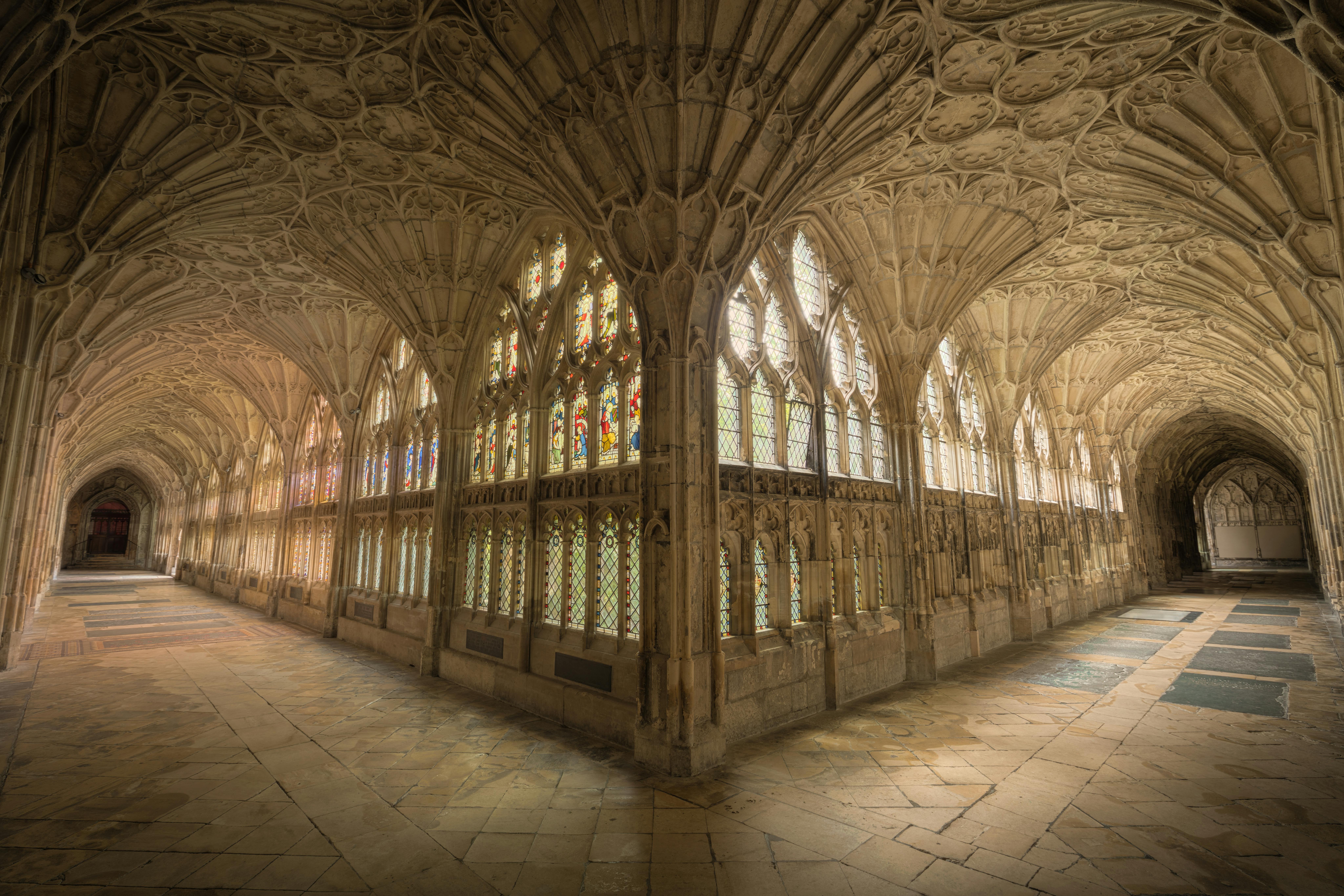Essential Guide to Understanding DC Comics in 2025
As we venture into 2025, the world of DC Comics continues to captivate audiences with its incredible storytelling, diverse characters, and rich history. Whether you're a seasoned comic fan or new to the realm of superheroes, understanding the nuances of DC Comics can enhance your appreciation of the storytelling techniques and character developments unfolding across various media. This guide aims to explore effective methods for navigating the expansive DC Universe, from key comic book series to the intricacies of character arcs, allowing fans to deepen their engagement with beloved heroes like Batman, Superman, and Wonder Woman.
Notably, DC Comics not only showcases timeless characters but also embodies cultural significance, often reflecting societal themes through its narratives. From the dark alleys of Gotham City to the cosmic adventures of the Justice League, understanding the layers within these stories can offer valuable insights into the comic book culture. This article will provide practical tips and methodologies that highlight how readers can continuously evolve their understanding of DC Comics in 2025. Ultimately, readers will gain a deeper comprehension of beloved comic characters and the storytelling techniques associated with them.
Your journey into the world of DC Comics awaits, so let’s dive into effective methods that will enrich your comic reading experience this year!
Discover the Iconic Characters in DC Comics
Building on the fundamentals of understanding comics, the first essential method lies in familiarizing yourself with the iconic characters that populate DC Comics. The likes of Batman, Superman, and Wonder Woman form the backbone of a rich superhero mythos that defines the brand. Each character has a unique origin story that often ties into broader themes within the comic book universe.
Exploring Character Origins
Character origins in DC Comics are not merely backstories; they are intricately woven narratives that shape personalities and motivations of beloved superheroes. For example, Batman's tragic origins in Gotham City serve as the foundation for his relentless pursuit of justice, while Superman's journey from Krypton to Earth introduces themes of identity and belonging. Understanding these origins not only enriches your appreciation of their adventures but also highlights the darker themes often explored in the stories they inhabit.
The Role of Villains in Storytelling
Every great hero deserves an equally compelling adversary, and DC Comics thrives on its roster of villains. Characters like the Joker, Harley Quinn, and Lex Luthor present a range of villainous archetypes, each representing a multifaceted approach to conflict and morality. By examining their motivations and interactions with heroes, readers can gain insights into the complexities of character development. This adds depth to narratives that would otherwise be one-dimensional.
Identifying Notable Comic Series
Another effective method for understanding DC Comics involves exploring notable comic series that have gained recognition over the years. These series often encapsulate significant themes, character arcs, and artistic styles that resonate with audiences. Titles such as “The Dark Knight Returns,” “All-Star Superman,” and “Wonder Woman: The Hiketeia” not only received critical acclaim but also influenced the trajectory of comic narratives within the larger DC Universe. Exploring these series can help develop an appreciation for the artistic and thematic diversity found in DC Comics.
Engaging with the Justice League and Beyond
The Justice League and its associated storylines provide a collective narrative through which various DC characters come together, showcasing teamwork and unity against formidable threats. The complexity of crossovers and character interactions in the League emphasizes the importance of collaboration in storytelling. Analyzing how characters like Aquaman and Flash contribute to larger narrative arcs can help fans understand the interconnectedness of individual storylines within the DC Universe.
Embracing New and Innovative Storytelling Techniques
As comic book narratives evolve, new storytelling techniques continue to emerge. The use of visual storytelling, non-linear narratives, and emotionally resonant dialogues enhance the reader's experience. By recognizing and embracing these innovative techniques, readers can appreciate the craft behind iconic comic book art while also understanding the semantic features unique to graphic novels.
Top Recommendations for Comic Series and Graphic Novels
With these foundational elements established, it’s time to explore recommendations of comic series and graphic novels that can significantly enhance your understanding of DC Comics. From critically acclaimed titles to lesser-known gems, reading diverse comic types can provide insights into character development and narrative experimentation.
Diving into Graphic Novels
Graphic novels serve as a bridge between traditional comic books and complex storytelling. They often contain deeper thematic explorations and more mature narratives. Recommended titles such as “Kingdom Come” and “Batman: A Serious House on Serious Earth” showcase darker themes prevalent in DC Comics while also employing innovative visual storytelling techniques. Their layered narratives invite readers to engage in a deeper analysis of the content.
Exploring Alternative Universes with Vertigo Comics
Vertigo Comics, an imprint of DC Comics, explores alternative universes and diverse storytelling methods. This segment of the DC Universe often delves into powerful character narratives that challenge conventions of superhero storytelling. Engaging with series like “Sandman” and “Preacher” allows readers to perceive the broader cultural influence of comic narratives, challenging the conventional superhero framework.
Crossover Events and Comic Book Sales
Crossover events in comic books not only enhance character interactions but also drive comic book sales. Key events like “Crisis on Infinite Earths” and “Flashpoint” showcase the multiverse aspect of DC Comics. By understanding the implications of these events, fans can better grasp the complexities and intricacies of the DC Universe, ensuring they stay engaged in current comic book discussions.
Recommendations for Comic Shops and Conventions
Exploring local comic shops can unveil a wealth of collectible comics, merchandise, and community events. Many stores host comic conventions, providing a platform for fans to engage in discussions and discover new titles. Connecting with local comic shop owners and attending conventions can enrich your comic book journey by exposing you to diverse characters and comic book cultures.
Understanding Character Development Across Mediums
With the rise of superhero movies, understanding character development across various mediums becomes crucial for angaing fully in the DC Universe. By exploring how characters translate from comic book panels to the silver screen, you can appreciate the complexities involved in comic adaptations.
Analyzing Cinematic Representations
Cinematic adaptations of comics spotlight themes and character arcs that resonate with audiences on different levels. By comparing comic book versions to their movie adaptations, fans can observe how narrative interpretations shape audience perceptions. For instance, assessing the portrayal of characters like Wonder Woman in both comics and movies provides insights into evolving cultural narratives surrounding female superheroes.
Exploring Animated Series and Movies
DC's animated series and movies have garnered acclaim for their nuanced storytelling and character development. Series such as “Justice League Unlimited” and films like “Batman: Mask of the Phantasm” have added layers to beloved characters, thereby deepening the overall understanding of their motivations. Examining how narrative styles and visual storytelling are adapted for animation presents another dimension of exploration.
The Importance of Comic Book Culture
Comic book culture encompasses not only the stories but also the community that celebrates them. Understanding the social commentary embedded in comics and their reflection on contemporary issues enhances your engagement with the storytelling medium. Participating in discussions on platforms such as Comic-Con or following comic book influencers online can keep readers current on themes influencing comic narratives.

Engaging with Comic Book Collectibles and Fandom
Building upon the previous discussions, engaging with the collectibles and fandom surrounding comic books adds another layer to understanding DC Comics. Collecting memorabilia, action figures, and comic books themselves can foster a deeper appreciation for the art and storytelling within the medium.
The Thrill of Collecting DC Merchandise
Collecting DC merchandise extends beyond comic book narratives; it involves connecting with the legacy and cultural influence of iconic characters. From vintage comic books to modern action figures, understanding the evolution of DC merchandise reveals insights into fan engagement over the years. Collecting can also highlight trends within comic book marketing and popularity, showcasing how certain comic book characters resonate within pop culture.
Participating in Online Comic Book Communities
Online comic book communities provide platforms for fans to share their thoughts, reviews, and insights on various titles. Engaging with fellow comic book fans can foster meaningful discussions around character analysis and storytelling techniques. Various websites, social media groups, and forums dedicated to DC Comics offer spaces to exchange theories and recommendations, thus enhancing the comic reading experience.
Understanding the Impact of Fandom on Storytelling
The influence of fandom can shape the direction of comic narratives significantly. Fan theories, social media discussions, and community feedback can influence writers and artists in their storytelling decisions. Engaging with fandom allows readers to understand how the audience perceives narratives, which in turn shapes the evolution of comic character arcs.
Q&A: Understanding the DC Comics Universe
What are some essential comic book series for new readers?
For those entering the DC Universe, essential titles include “Batman: Year One,” “Superman: Birthright,” and “Wonder Woman: The Hiketeia.” These series establish foundational knowledge of character origins and major themes.
How do comic adaptations differ from their source material?
While adaptations aim to capture the essence of comic storylines, they may simplify narratives or change character arcs for cinematic appeal. Comparing both forms enriches understanding of character motivations and narrative structures.
Why is understanding the history of DC Comics important?
The history of DC Comics offers context for character development, story arcs, and thematic explorations. Understanding this history enhances appreciation for how comics reflect societal values and shifts.
What role do comic conventions play in the DC fan community?
Comic conventions foster a sense of community among fans, providing opportunities to meet creators, discuss favorite titles, and discover new series. They serve as platforms for celebrating comic book culture.
How can I improve my understanding of comic book storytelling?
Engaging in reading comic series, analyzing character development, and participating in discussions within comic communities significantly improve understanding. Exploring different storytelling techniques and visual narratives can also enhance your experience.

